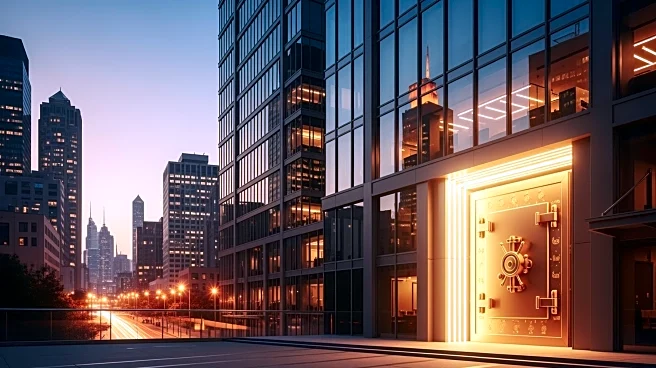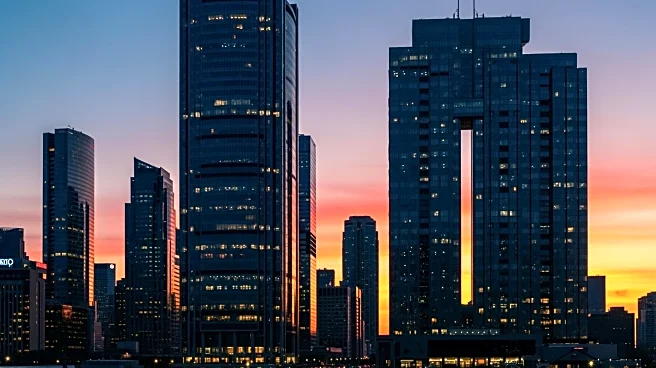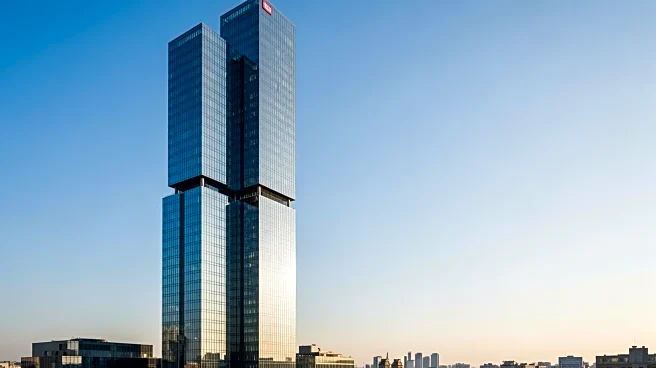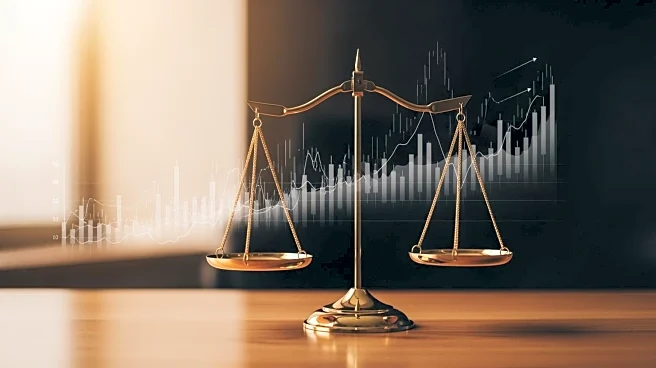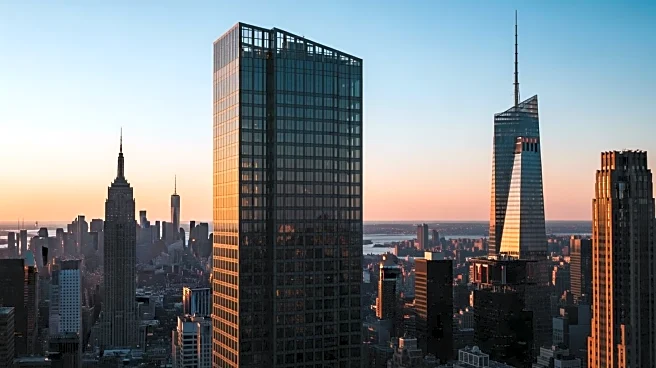What's Happening?
Manhattan's commercial real estate market has experienced a significant surge, with transactions totaling nearly $5 billion in the third quarter of 2025. This marks the highest quarterly sales volume since
early 2022. Of this amount, $3.3 billion was attributed to office assets, nearly doubling the activity from the previous quarter and representing a 74% increase compared to the same period in 2024. Notable transactions include the $1.08 billion purchase of 590 Madison Avenue by RXR and Elliott Investment Management, the highest price paid for an office tower in over three years. The resurgence in high-end lending, initiated by the $1.25 billion refinancing of 3 Bryant Park, has contributed to this growth, with traditional banks and insurers returning to the market.
Why It's Important?
The increase in commercial transactions in Manhattan reflects a renewed investor confidence in the high-quality office sector. This trend is significant for the U.S. real estate market, as it suggests a recovery from the pandemic-induced downturn. The involvement of established institutional owners like SL Green, RXR, and Vornado indicates a shift from private capital to more stable investment sources. This could lead to increased economic activity and job creation in the region, benefiting local businesses and the broader economy. The return of balance-sheet lenders and direct lending by pension funds and other institutions further underscores the market's stability and potential for growth.
What's Next?
The continued energy in the investment-sale market suggests that Manhattan's commercial real estate sector will remain robust. As traditional lenders re-enter the market, more transactions are likely to occur, potentially driving further price increases and development projects. Stakeholders, including real estate developers and investors, may capitalize on this momentum to expand their portfolios and invest in new ventures. Additionally, the underlying strength of the city, as noted by industry experts, may help mitigate potential political or economic challenges, ensuring sustained growth in the sector.
Beyond the Headlines
The resurgence of Manhattan's commercial real estate market may have broader implications for urban development and infrastructure investment. As investor confidence grows, there could be increased interest in redeveloping older properties and enhancing city landscapes. This could lead to improved urban planning and the revitalization of neighborhoods, contributing to the city's long-term economic and social vitality. Furthermore, the shift from private capital to institutional investors may influence market dynamics, potentially leading to more stable and predictable investment patterns.


